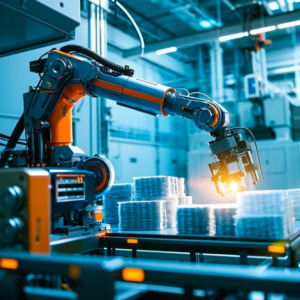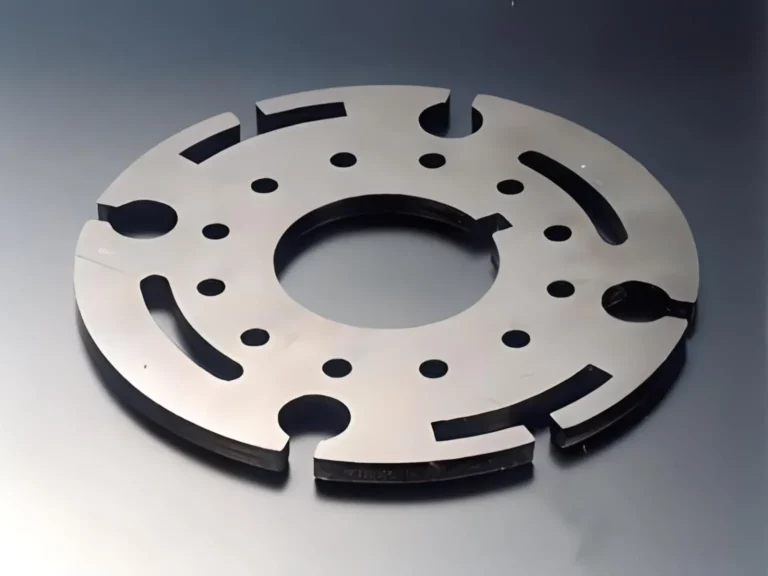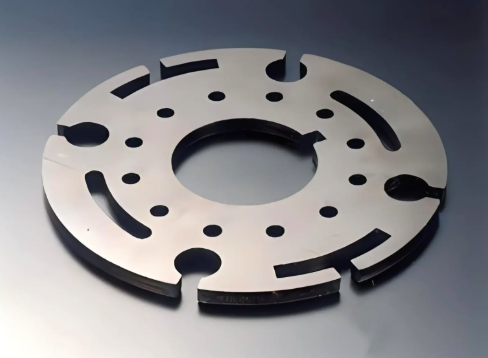Understanding the Role and Applications of Injection Moulding Robots
Home » Understanding the Role and Applications of Injection Moulding Robots
RECENT POSTS
Share:
- January 8, 2025
Table of Contents
Injection molding robots play a crucial role in the manufacturing process, especially in industries like automotive, electronics, and consumer goods. These robots automate the injection molding process, improving efficiency, precision, and safety. In this article, we’ll explore the functions, working principles, and common applications of injection molding robots, as well as how they operate in everyday industrial environments.

What is an Injection Moulding Robot?
An injection molding robot is an automated system that performs various tasks in the injection molding process, such as removing parts from the mold, placing inserts, or packaging finished products. These robots work in collaboration with injection molding machines to optimize production efficiency and reduce the need for manual labor.
Working Principle of Injection Moulding Robots
The working principle of injection molding robots involves precision and synchronization with the injection molding machine. After the molding machine injects molten plastic into a mold cavity, the robot uses a combination of servo motors, linear actuators, and sensors to precisely extract the finished part from the mold. The robot arm is equipped with end-effectors, such as grippers or suction cups, to handle the parts without causing damage.
The robot is typically programmed to follow specific movement sequences. Once the part is extracted, the robot may also place it in a cooling or inspection station, depending on the production requirements. The automation of these tasks significantly reduces cycle time and minimizes human error.
Applications of Injection Moulding Robots
Injection molding robots are used in a variety of applications across different industries. In the automotive sector, they help in the production of complex parts like bumpers, dashboards, and interior components. The precision and speed of these robots are essential for meeting the high-volume and high-quality standards in automotive manufacturing.
In the consumer goods industry, injection molding robots are used to produce items such as household appliances, packaging materials, and toys. Their ability to quickly change tooling and perform multiple tasks makes them highly adaptable to various product types and production requirements.
Injection molding robots are also commonly used in the electronics industry, where they handle delicate components such as connectors, casings, and enclosures. The robots ensure that these components are produced with consistent quality, reducing the risk of defects and increasing the overall production efficiency.
How Injection Moulding Robots Operate in the Factory
In daily operations, injection molding robots are integrated into the production lines where they carry out specific tasks based on programmed instructions. Once the injection molding machine completes a cycle, the robot activates, picks up the finished parts, and either moves them to another station or places them into containers for packaging.
The robots are designed to work in a fully automated environment, often requiring minimal human intervention. They are equipped with safety features such as sensors and emergency stop buttons to ensure operator safety during operation. In some advanced systems, robots can also perform quality checks by inspecting parts for defects before they are released for further processing.
Conclusion
Injection molding robots are transforming the manufacturing landscape by increasing efficiency, improving quality control, and reducing costs. Their ability to automate repetitive and precise tasks allows industries to meet the high demands of modern production. Whether in automotive, electronics, or consumer goods, injection molding robots are integral to the continuous improvement of manufacturing processes, offering faster production cycles and greater precision.
By integrating an injection molding robot into the production line, companies can achieve higher levels of automation and improve overall productivity, making it an essential tool in today’s competitive manufacturing world.
0



